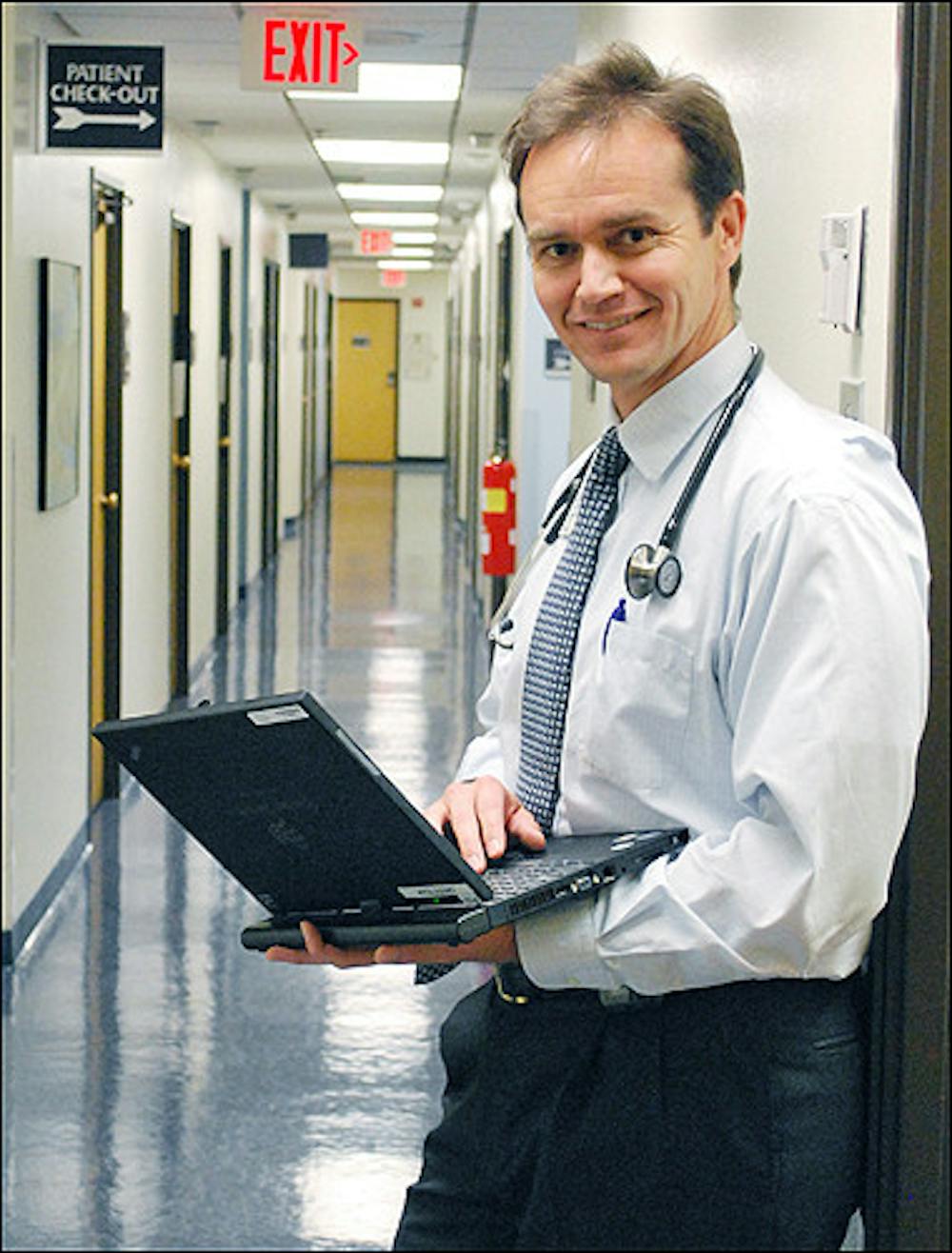Fewer medical school graduates are going into primary care practices, pushing leaders in the industry to call for health care reform.
Primary care, also called family care, includes pediatricians and general practitioners, rather than higher-paid specialists.
Dr. Steven Brown, a clinician educator and assistant medical director at Banner Good Samaritan Family Medicine Residency in Phoenix, said the U.S. has less than half the amount of doctors in primary care than it should.
“From 1997 to 2005 the number of U.S. medical graduates entering family practice dropped by 50 percent,” he said.
Brown said the current health care system encourages medical school graduates to go into specialized care instead of family care because specialists are often paid a lot more. But primary care improves both the quality and cost of health care, Brown said.
“We reward doctors for doing things to people instead of for people,” he said. “Procedures are disproportionally rewarded.”
Zachary Ortiz, a second-year medical student, is planning on practicing family medicine upon graduation from UA College of Medicine in Phoenix, which is a partnership with ASU.
“I really value the patient-doctor relationship,” he said. “It is something that I think is very central to the goal of a [primary] physician.”
Primary-care physicians are able to dabble in different areas of medicine on a daily basis, which is something Ortiz said attracts him to the area. He said more medical school students might be interested in primary care if there were better incentives to focus on it.
There are current incentive programs in place that encourage graduates of medical schools to practice family care, but Ortiz said more incentives are needed to reverse the current trend.
“Right now, insurance companies run and manage all of health care,” he said, adding that as long as profit is the bottom line, not many students will be interested in primary care.
While many European nations currently have a ratio of one specialist to one primary care physician, the U.S. has a ratio of about nine to one, Ortiz said, adding that he believes the best way to fix this would be to add a “single-payer option” to the health care system.
Right now, the U.S. is focused on emerging procedures as opposed to evidence-based practice, he said, which explains why specialists are usually the doctors who are well-compensated.
The need for primary-care physicians stems from a desire to prevent long-term diseases, Ortiz said. It is the job of these physicians to give advice about medicine and preventing disease to their patients, he said.
“In the long run, it will save money,” he said.
The American Academy of Family Physicians exists to support family care, which Ortiz believes will save patients money.
Vicki Francies, the director of member services and public relations for the Arizona chapter of AAFP, said the organization is an advocate for physicians, patients and primary-care issues.
“We are really trying to reach the medical students,” she said, adding that the organization is important to the future of primary care.
Brown is an active member in the Arizona chapter and works with the academy to support primary care.
“In a lot of ways [primary-care physicians] are idealistic,” he said. “We are in a very unique position to get to know our patients.”
Reach the reporter at ndgilber@asu.edu.




